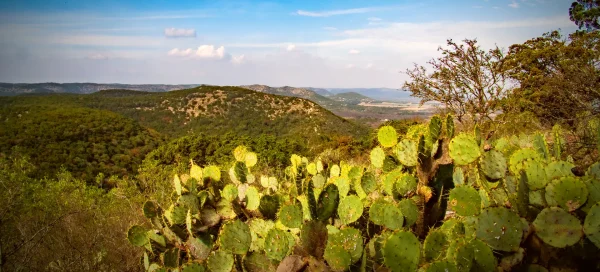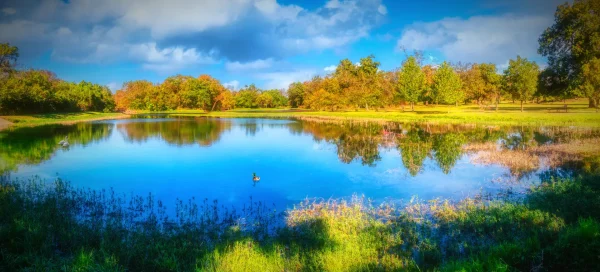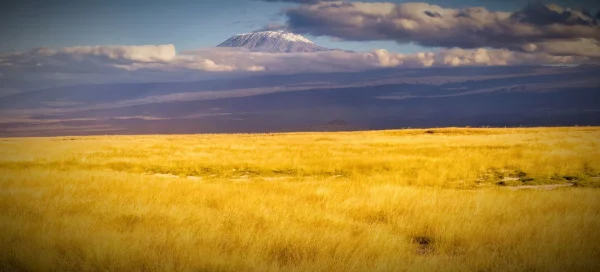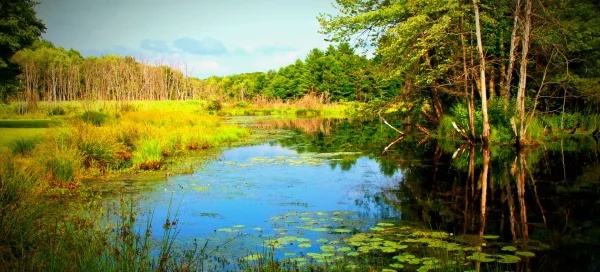Overview
The Green Anaconda (Eunectes murinus) is one of the world’s largest and most powerful snakes, native to South America. Recognized for its massive size, the Green Anaconda is a non-venomous constrictor primarily residing in aquatic environments. The snake’s coloration is dark green with black oval patches along its body, providing excellent camouflage in murky waters and dense vegetation.
Green Anacondas are predominantly found in the Amazon and Orinoco river basins, thriving in swamps, marshes, and slow-moving streams. They are adept swimmers and spend much of their time submerged in water, which supports their heavy bodies and aids in ambushing prey. These snakes are apex predators in their ecosystem, feeding on various prey, including fish, birds, mammals, and even caimans.
Despite their fearsome reputation, Green Anacondas are elusive and prefer to avoid human encounters. They have a slow metabolism and can go for months without eating after consuming a large meal. Their breeding behavior involves a mating ball, where several males may compete for a single female. The Green Anaconda’s immense size and ecological role make it a subject of both fascination and conservation interest.
Physical Description:
The Green Anaconda is renowned for its immense size and muscular build. It is one of the heaviest and longest snake species in the world. The snake’s skin is dark green with blackish oval patches and a creamy yellow underside, which helps it blend into the aquatic and forest environments. Females are significantly larger than males, a trait known as sexual dimorphism.
The body of the Green Anaconda is thick and muscular, adapted for its aquatic lifestyle. Its eyes and nostrils are positioned on top of its head, allowing it to see and breathe while the rest of its body is submerged. Despite their large size, Green Anacondas are stealthy and efficient hunters, using their powerful bodies to constrict and overpower prey.

Lifespan: Wild: ~10 Years || Captivity: ~20 Years

Weight: Male & Female: 400-550 lbs (181-250 kg)

Length: Male & Female: 204-240 inches (89–150 cm)

Top Speed: 10 mph (16 km/h)
Characteristic:
Native Habitat:
The Green Anaconda is native to South America, particularly within the Amazon and Orinoco river basins. Their preferred habitats are swamps, marshes, and slow-moving streams where they can easily maneuver and hunt. They are highly aquatic and are rarely found far from water.
These snakes favor warm, tropical environments with abundant water. Their ability to swim and dive makes them well-suited to life in flooded forests and murky waters. The dense vegetation of their habitat provides cover and ample opportunities for ambushing prey.
Biogeographical Realms:
Continents:
Countries:
Diet:
Diet & Feeding Habits:
Green Anacondas are carnivorous, feeding on a wide range of prey. Their diet includes fish, birds, mammals, and occasionally other reptiles such as caimans. They are ambush predators, waiting for unsuspecting prey to come within reach. Once a potential meal is close enough, the anaconda strikes quickly, coiling its powerful body around the victim and suffocating it.
They can consume prey much larger than their head due to their ability to unhinge their jaw. The slow metabolism of the Green Anaconda allows it to survive for months without food after consuming a large meal. In the wild, their hunting efficiency and diverse diet make them apex predators in their habitat.
Mating Behavior:
Mating Description:
The mating behavior of Green Anacondas is unique and involves a breeding ball, where several males may compete for a single female. Males use their sense of smell to locate a receptive female and may travel long distances to find her. Once they find the female, multiple males can coil around her, forming a mating ball that can last for weeks.
Females are ovoviviparous, meaning they give birth to live young after the eggs hatch internally. The gestation period lasts several months, after which the female gives birth to a litter of young anacondas. The number of offspring can vary greatly, sometimes numbering in the dozens. Once born, the young are independent and receive no parental care.
Reproduction Season:
Birth Type:
Pregnancy Duration:
Female Name:
Male Name:
Baby Name:
Social Structure Description:
Green Anacondas are solitary animals, typically only coming together for mating. They are not territorial but have home ranges where they hunt and live. Their solitary nature is suited to their ambush hunting style, as they rely on stealth and surprise to capture prey.
Outside of the breeding season, interactions between individuals are minimal. Their large size and aquatic lifestyle mean that they have few natural predators as adults. The solitary nature of these snakes is a common trait among large constrictors.
Groups:
Conservation Status:
Population Trend:
The population of Green Anacondas in the wild is not well-documented, making it difficult to assess their conservation status accurately. They are elusive and inhabit remote, often inaccessible areas, complicating population surveys. While they are not listed as endangered, habitat destruction and hunting could impact their numbers.
Conservation efforts for Green Anacondas are centered around habitat protection and research to better understand their ecology and population dynamics. Education and awareness campaigns help reduce hunting and exploitation pressures.
Population Threats:
The primary threats to Green Anacondas include habitat destruction due to deforestation, agricultural expansion, and development. Pollution and changes to waterways can also impact their habitats. Hunting for skin, meat, and the pet trade poses a threat, although it is less significant than habitat loss.
Climate change may affect their aquatic habitats, altering water levels and temperatures and impacting their ability to hunt and breed. As top predators, they are also vulnerable to changes in prey populations due to environmental changes.
Conservation Efforts:
Conservation strategies for Green Anacondas include habitat conservation and anti-poaching measures. Protecting their aquatic habitats is crucial, as these areas are vital for survival. Efforts are also made to regulate hunting and trade to ensure it does not impact wild populations.
Research is key to conservation, with studies focusing on their ecology, behavior, and population trends. This information is vital for developing effective management and conservation plans. International cooperation is necessary, as the species is distributed across multiple countries.
Additional Resources:
Fun Facts
- The Green Anaconda is often cited as the heaviest snake in the world, with some individuals weighing over 500 pounds.
- They are excellent swimmers and can remain submerged for up to ten minutes before surfacing for air.
- Despite their size, Green Anacondas are difficult to spot in the wild due to their camouflage and elusive nature.
- They have been the subject of many myths and legends, often exaggerated in size and ferocity.
- The strength of an adult Green Anaconda is sufficient to overpower and consume large prey, such as deer and caimans.
- They have a slow growth rate but can live for over a decade in the wild.
- The Green Anaconda is often revered and respected in indigenous cultures, featuring prominently in folklore and mythology.
- They are an apex predator in their ecosystem, playing a crucial role in maintaining the balance of their environment.
- The Green Anaconda’s method of reproduction, giving birth to live young, is relatively rare among snakes.
- Despite their fearsome reputation, attacks on humans are extremely rare and usually the result of defensive behavior rather than predation.














